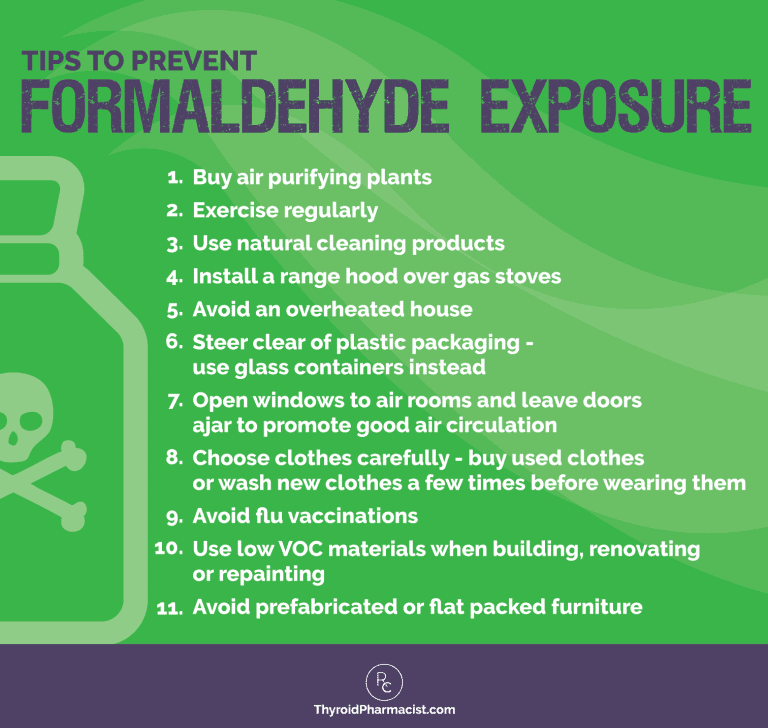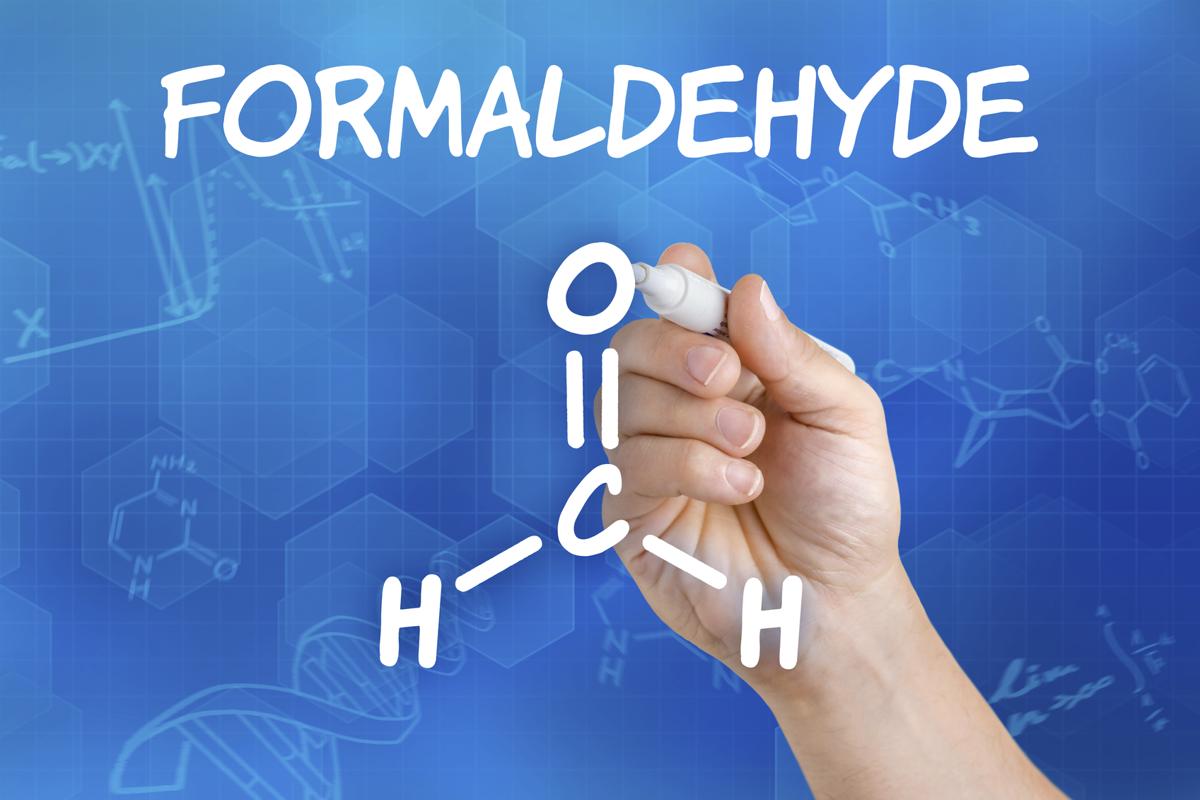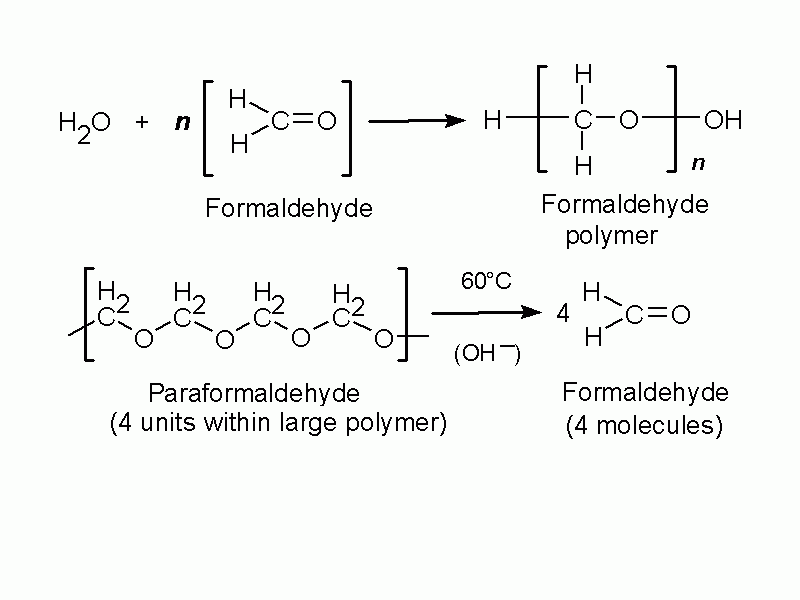Awesome Info About How To Prevent Formaldehyde

When the media breaks news about formaldehyde in the food supply, it sounds scary and.
How to prevent formaldehyde. You can lower the amount of formaldehyde in your home by taking the following steps: Releases of formaldehyde into the air occur from industries using or manufacturing. Table of contents.
People are exposed to formaldehyde mainly by inhaling it. How is the general population exposed to formaldehyde? What foods contain it?
These compounds can often be used interchangeably and. Formaldehyde is a nearly colorless gas with a pungent, irritating odor even at very low concentrations (below 1 ppm). For more information, see epa's formaldehyde website.
6 prevention guide—formaldehyde in the workplace irsst sources of formaldehyde in the environment formaldehyde is practically everywhere in. Use air conditioning and dehumidifiers to maintain moderate temperature and reduce humidity levels. It is used in the production of fertilizer, paper,.
Use air conditioning and dehumidifiers to maintain moderate temperature and reduce humidity levels. Formaldehyde is one of the most common toxic substances found in indoor air. Fixation helps to preserve cellular architecture.
Formaldehyde (ch₂o) is a colorless, highly toxic, and flammable gas at room temperature. Formaldehyde, like pesticides, is a known carcinogen and is considered to be a universal sensitizer by the. The primary way you can be exposed to formaldehyde is by breathing air containing it.
Therefore, the use of dehumidifier and. However, you can take steps to reduce formaldehyde levels in your home. Request for comments on experts being considered for participation as ad hoc peer reviewers.
After hanging, ventilate the room before using it. How the body metabolizes it. Open windows and use fans to bring in fresh air.
Personal care and consumer products. Fixation is a crucial step in processing of biopsy tissue specimen for the examination and archival preservation. Reduce formaldehyde already in the home.
No longer limited to mortuaries and medical laboratories. Consumer product safety commission, formaldehyde is normally present in both. Common chemicals to avoid:
![Formaldehyde [3rd Edition] DOKUMEN.PUB](https://dokumen.pub/img/formaldehyde-3rd-edition.jpg)

















